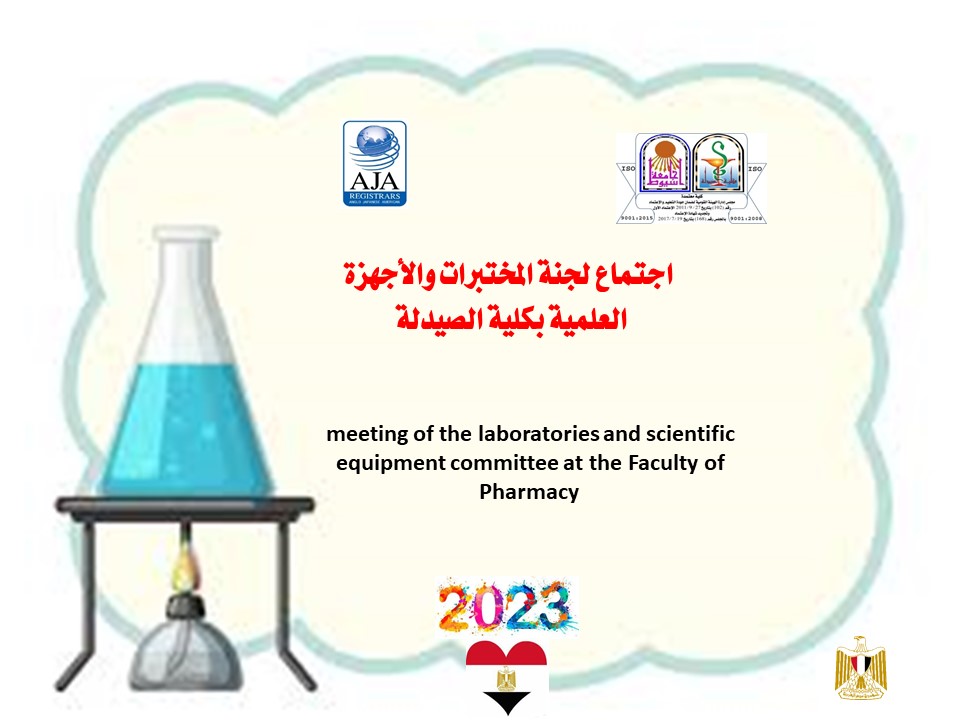Research Abstract
Tumor necrosis factor (TNF-α) and inflammatory cytokine (IL-6) play a vital role in various cellular incidents such as the proliferation and death of cells during carcinogenesis. Hence, regulation of these biomarkers could be a promising tool for controlling tumor progression using nanoformulations. Silver nanoparticles-poly (vinyl pyrrolidone) (AgNPs-PVP) were prepared using the reduction of silver nitrate and stabilized with PVP. They are characterized through yield percentage, UV-VIS, FT-IR, size, charge, and morphology. The obtained AgNPs were tested for anticancer activity against prostate cancer (PC 3) and human skin fibroblast (HFS) cell lines. Moreover, biomarker-based confirmations like TNF-α and IL-6 were estimated. The synthesized AgNPs-PVP were stable, spherical in shape, with particle sizes of 122.33 ± 17.61 nm, a polydispersity index of 0.49 ± 0.07, and a negative surface charge of −19.23 ± 0.61 mV. In vitro cytotoxicity testing showed the AgNPs-PVP exhibited antiproliferation properties in PC3 in a dose-dependent manner. In addition, when compared to control cells, AgNPs-PVP has lower TNF-α with a significant value (); the value reached 16.84 ± 0.71 pg/ml versus 20.81 ± 0.44 pg/ml, respectively. In addition, HSF cells showed a high level of reduction () in IL-6 production. This study suggested that AgNPs-PVP could be a possible therapeutic agent for human prostate cancer and anti-IL-6 in cancerous and noncancerous cells. Further studies will be performed to investigate the effect of AgNPs-PVP in different types of cancer.
Research Authors
Ahmed A. H. Abdellatif , Asmaa T. Ali, Ahmed Abdelfattah, Abdellatif Bouazzaoui, Tarek M. Faris, Mansour Alsharidah, Osamah Al Rugaie, Hesham M. Tawfeek




